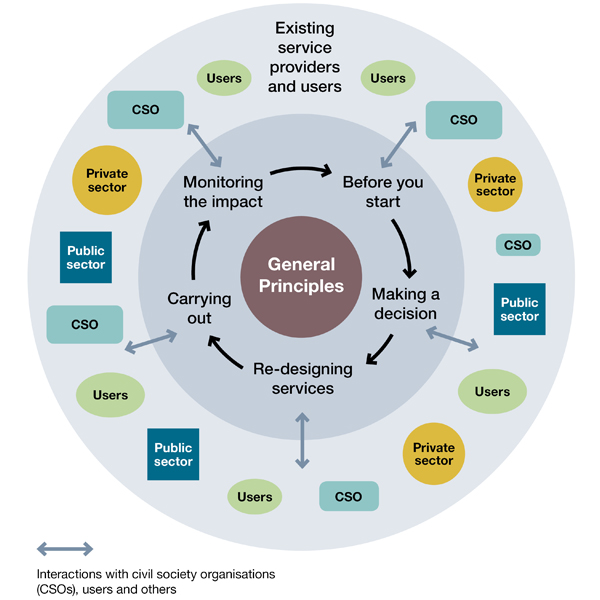This page is part of our decommissioning toolkit.
Definitions of decommissioning vary but the majority describe it as involving:
- a change in the provision of a service
This may mean stopping a service or a significant part of it. It can also include terminating or re-negotiating a contract or grant with an existing service provider, where this is driven by commissioning needs, including reduced budgets.
- an improvement to existing service provision
Existing provision may end to:
- make space for a new and improved service;
- enable innovation in service provision;
- provide better value for money, perhaps through more effective achievement of the desired outcomes or more efficient delivery; or
- better fit the level of provision to demand.
For the purposes of this guidance, we have adopted the following definition, which should be read in conjunction with the above:
‘Decommissioning is stopping provision of a service or a significant part of a service in order to bring about an improvement to existing service provision.’
Decommissioning is a facet of commissioning – to be effective it needs to be embedded in your existing approach to commissioning and take a strategic and holistic commissioning approach. Like commissioning, it can be thought of as cyclical as in the figure below.

[Based on the NAO model of commissioning and third sector organisation]
Related content
Table of contents
Decommissioning toolkit: Table of contents
